
-
Does anyone have anything to report on the various ND filter options with the GH4? Does the GH4 have internal IR filtration or does it need IRND filters? Which brands and combos are best for the GH4? Matching brands with the RED, ALEXA and BMCC has been a bit of a hassle.
-
GH series do not have such issues with IR. But for strong filters it is always preferable to use good filters with IR cut. From affordable ones I suggest Skier.
-
Check out the Hoya ProNDs (plus the Hoya UV/IR cut for the stronger ND filtration). Quite nice combo - And you don´t get that huge color shifts (like with Vari-ND filters). You can also stack them if you want (though I don´t recommend it - As the image is then a little bit different compared to just one filter - Not the best way if you need to match them up afterwards ^^). Btw.: You can also use for example the quite nice B&W 900 or 920 rubber shades together with them (which are equipped with a front filter thread) - So you don´t even need always a mattebox. I am using this combo by myself (since about a week or two) and I am quite happy with it.
BUT important (!): Below 30mm (full frame equivalent) I would choose the B&W 920 sunshade model (as it´s designed for wider lenses). I am just using the B&W 900 - But the 920 should also come with a front filter thread (as far as I know) ^^. And be aware: The UV/IR cut filter is working "officially" down to 35mm (FF equivalent). Altough: It should work also with 24 millimeters (FF eq.). The problem: It´s not a "hot mirror" (according the UV and IR light) - Just an interference filter, which can cause purple edges in your image (if you´re using it with super wide lenses - Especially below 24mm). For such super wide angle purposes a hot mirror UV/IR filter - Or IRND - (4x4 for example) from SKIER is for sure the better choice (so Hoya ProNDs plus the SKIER UV/IR cut filter - Or you can go directly for the SKIER hot mirror IRNDs - Though: You can get them just up to a 1.2 strength - The ProNDs from Hoya you get up to 3.0)! But don´t forget: A 4x4 or 4x5.65 filter (and a mattebox) is also limited wide angle wise. Most are just working perfectly down to 24mm (below is problematic). So I think all in all the Hoya screw in solution is the better way to go ^^.
-
Thanks for the replies Vitaliy and Tscheckoff. I was able to do a quick test yesterday and stacked 2 regular non-ir nd .9s and an nd .6 for a total of 8 stops and still did not get much of a shift. I did auto white balance in camera and then used the auto color effect in premier for a slight tweak. I think the stacking of the tiffen and schneider filters did more to alter skin tones than the blacks. That combo gave me a bit more pink in the skin tones.
I wonder if the IRNDs even at the higher densities would introduce more color shifts because of the ir filtration which doesn't seem to be necessary on this camera. I wonder if a Skier hot mirror out front would be too strong to stack with other regular nds to cut the minimal ir effects that one sees at very high densities on the GH4. Although I would prefer to not have to stack. My problem is that I have a larger cine zoom lens that can't take the screw in filters. So I have to stick with the 4x5.65 filters for that. It would make sense though to purchase some 77mm for the others for no other reason than to be free from the mattebox.
Has anyone tried other brands including the IRNDs such as Formatt Prostop IRND on the GH4? Notice any color shifts?
@Vitaliy, I assume you have had good results with the Skier. Did you stack them at all? If so, where there reflection problems with the hot mirror? I actually tried to order those before but they are out of the .9 and 1.2.
@Tscheckoff, I've heard good things about the Hoya ProNDs but I've also heard that he filtration is actually a coating on top of the glass and not between the glass like other filters. I've heard its more prone to scratching because of this. What are your thoughts?
-
Well - About the IR filtration: I never tried them (the Hoya ProNDs) til now on a GH4. But on a GH2 for example the UV/IR cut filter is helping to avoid IR contamination with the stronger filter strengths (and it also helps a little bit according the purple fringing of my Yashica ML C/Y lenses - The UV cut). About the lens which isn´t accepting screw on filters - You could use a 4x4 (or a 4x5.65) filter holder for that one - There are adapters available for 82mm or 77mm for example. Though: You´re normaly blocking the 2nd filter tray with such a solution (only if you´re using it at the front filter slot, it´s not blocking anything - Anyway - It would be at least possible to use the screw on filters with that lens ^^. And it´s nice to use your most used filters wihtout a mattebox as "must have" ...
About the ProNDs and scratches: Well - I can confirm this. The surface is quite prone to damages (at least I think it is). At least cleaning it is already a challenge - THOUGH: If you have a good cleaner (fluid) and a microfiber cloth - Not that of a huge problem any more ^^. Btw.: I am always using the UV/IR cut too (in front of the ProNDs). And as it´s kind of a protection - Not a problem any more at all. Just keep in mind to handle them well in field - And I also wouldn´t borrow them away ^^.
-
I was testing IR polution on the GH4 today and I think it's really quite susceptible to IR unfortunately. It seems to kick in as low as ND 0.9 - 3 stops. The first test I did was in sunlight and from looking at it I was pretty sure IR pollution was there but not completely sure so I did an indoor test as well. The indoor test is obviously a bit synthetic. You wouldn't use heavy NDs indoors and I would be more likely to use CFLs or LEDs than halogens but I needed to get a clear indication where IR becomes a problem on this camera. This test might have its flaws and feel free to point them out, it may not be that scientific but here's what I did:
Camera: GH4, C4K 24p, CineD (Sharpness and Contrast -5, everything else 0)
m4/3 to Nikon Speedbooster
Nikon 35mm F/1.4 AIS at F/4.0
Shoot35 Cinebox Mattebox
Formatt HD ND 4x4 Filters: 0.3, 0.6, 0.9, 1.2
2x Halogen 500W lightsISO was 1600 constant throughout. Lens was at F/4.0 throughout. Exposure was maintained at 1 under what the GH4 thought was exposed and this was done by altering shutter speed.
NO ND
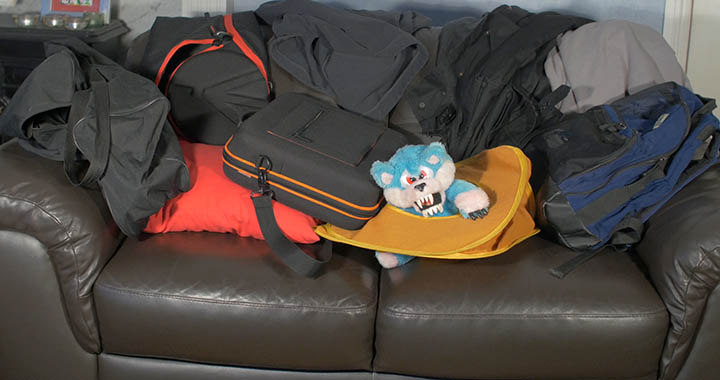
0.3 ND - 1 STOP
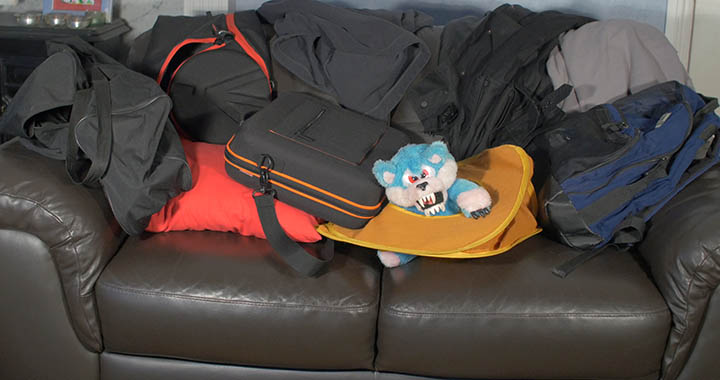
0.6 ND - 2 STOPS
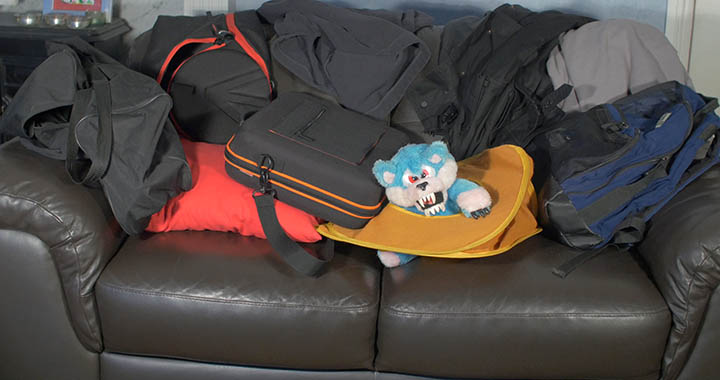
0.9 ND - 3 STOPS
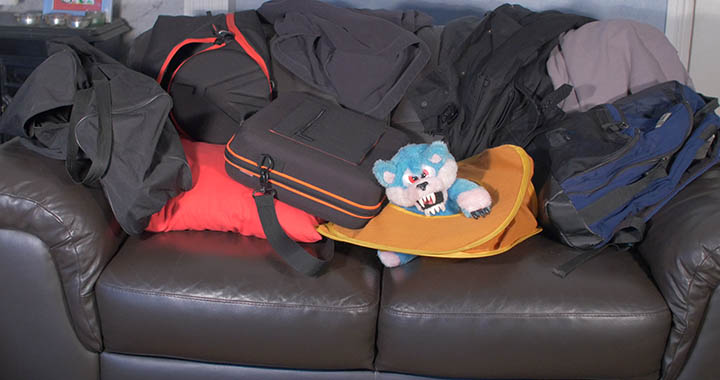
1.2 ND - 4 STOPS
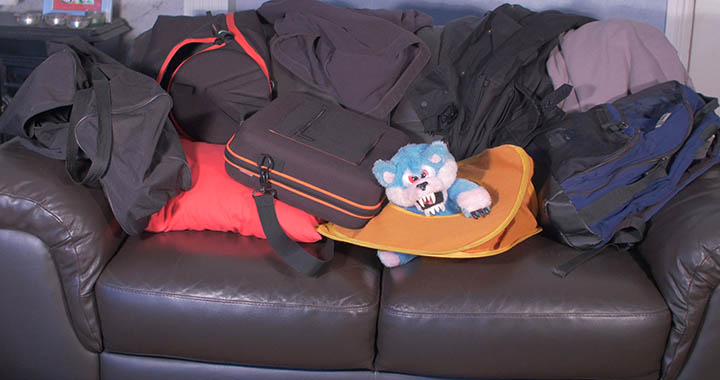
1.2+0.3 ND - 5 STOPS
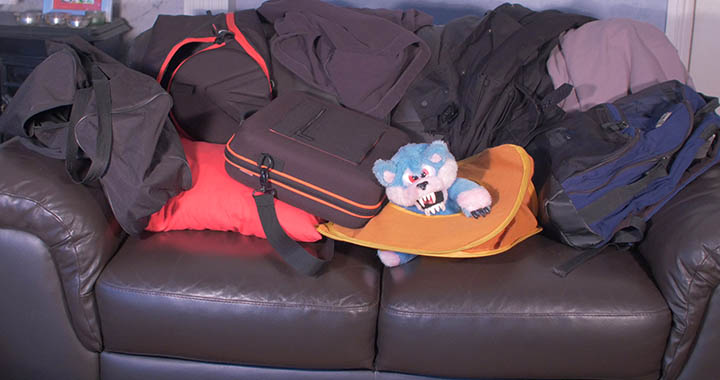
1.2+0.6 ND - 6 STOPS
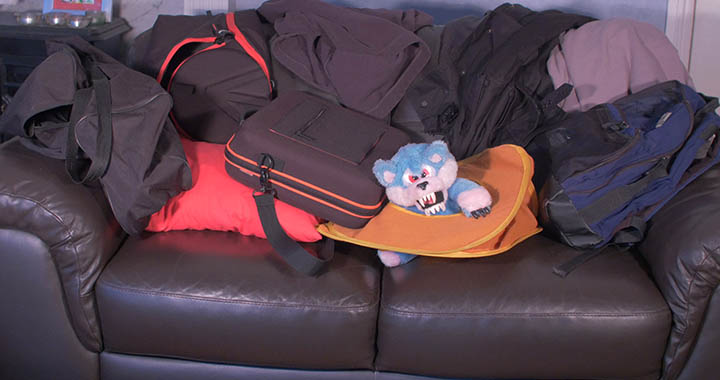
1.2+0.9 ND - 7 STOPS
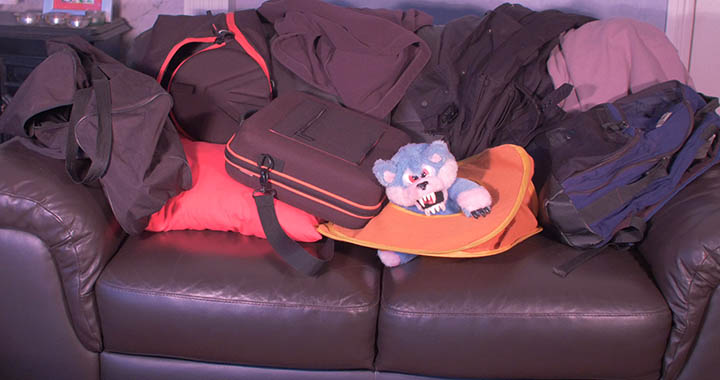
1.2+0.9+0.3 - 8 STOPS
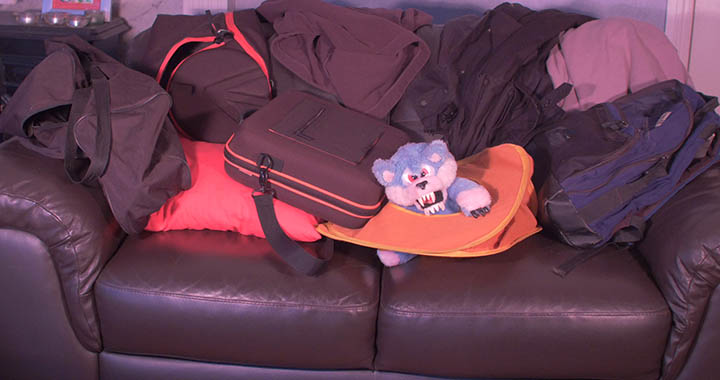
1.2+0.9+0.6 - 9 STOPS
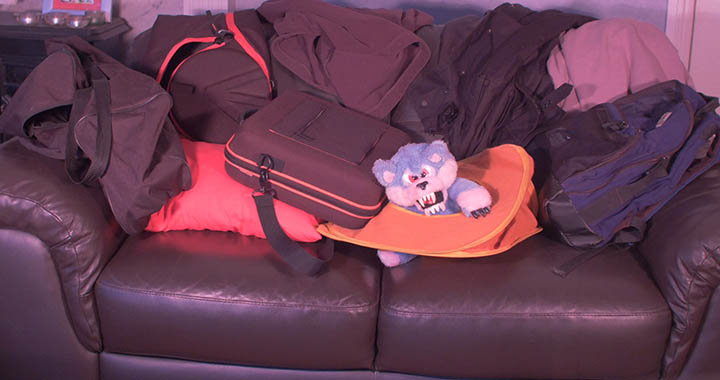
Re-white balanced the camera with 7 stops of ND. (Should not have to redo WB with good NDs) Does not fully remove the IR pollution.
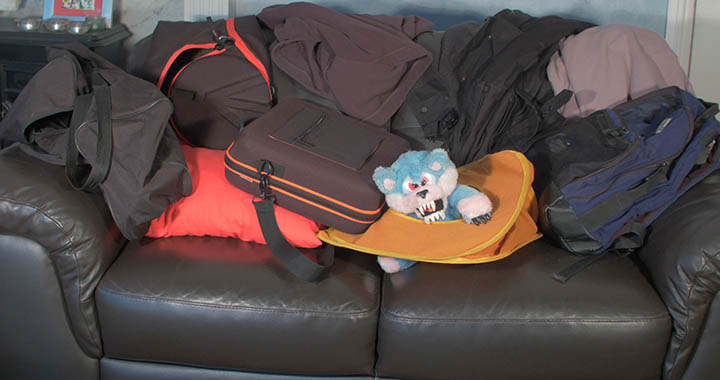
Removed all NDs with new WB setting still there. Shows how much the camera tried to compensate for the IR pollution.
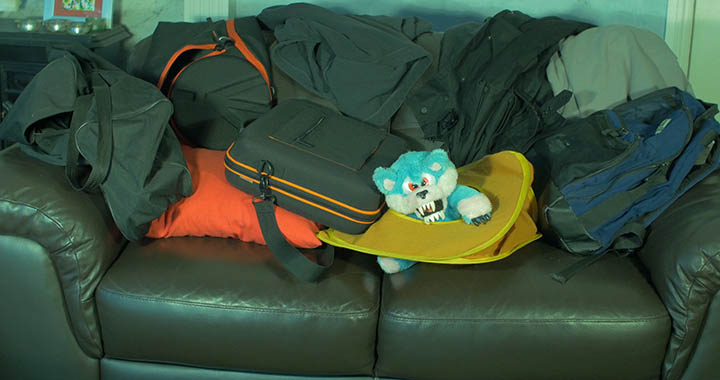
This is the outdoor test that was earlier in the day and less scientific, so I can't guarantee I didn't change aperture between the 2 shots. The thing that got me thinking about IR was that in the shot using NDs, the ground becomes quite red and all red items are boosted in saturation. Look at the pink/purple flowers in the box and the buildings in the background.
NO ND
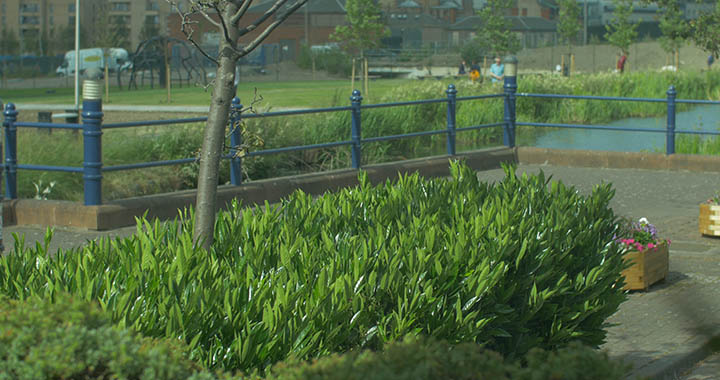
ND 1.2+0.9 stacked
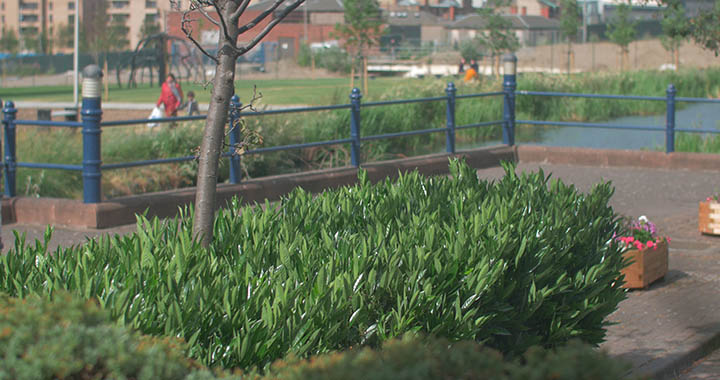
This is a big deal for me as if you want to use aperture like F/2.8 or F/2.0 in daylight you need around 7 or 8 stops to get exposure with 180 degree shutter at 24p.
Looks like an IR filter is definitely needed but which to buy. Can anyone weigh in on a suggestion, something that will stack with my Formatt regular NDs. What about a Skier 1.2 IR ND?

 No ND.jpg720 x 380 - 88K
No ND.jpg720 x 380 - 88K
 ND 1.2+0.9 - 7 stops.jpg720 x 380 - 80K
ND 1.2+0.9 - 7 stops.jpg720 x 380 - 80K
 No ND.jpg720 x 380 - 60K
No ND.jpg720 x 380 - 60K
 ND 0.3 - 1 stop.jpg720 x 380 - 54K
ND 0.3 - 1 stop.jpg720 x 380 - 54K
 ND 0.6 - 2 Stops.jpg720 x 380 - 60K
ND 0.6 - 2 Stops.jpg720 x 380 - 60K
 ND 0.9 - 3 stops.jpg720 x 380 - 54K
ND 0.9 - 3 stops.jpg720 x 380 - 54K
 ND 1.2 - 4 stops.jpg720 x 380 - 54K
ND 1.2 - 4 stops.jpg720 x 380 - 54K
 ND 1.2+0.3 - 5 stops.jpg720 x 380 - 54K
ND 1.2+0.3 - 5 stops.jpg720 x 380 - 54K
 ND 1.2+0.6 - 6 stops.jpg720 x 380 - 53K
ND 1.2+0.6 - 6 stops.jpg720 x 380 - 53K
 ND 1.2+0.9 - 7 stops reWB.jpg720 x 380 - 59K
ND 1.2+0.9 - 7 stops reWB.jpg720 x 380 - 59K
 ND 1.2+0.9+0.3 - 8 stops.jpg720 x 380 - 52K
ND 1.2+0.9+0.3 - 8 stops.jpg720 x 380 - 52K
 ND 1.2+0.9+0.6 - 9 stops.jpg720 x 380 - 52K
ND 1.2+0.9+0.6 - 9 stops.jpg720 x 380 - 52K
 ND 1.2+0.9 - 7 stops reWB.jpg720 x 380 - 59K
ND 1.2+0.9 - 7 stops reWB.jpg720 x 380 - 59K
 NO ND WB after reWB at 1.2+0.9.jpg720 x 380 - 55K
NO ND WB after reWB at 1.2+0.9.jpg720 x 380 - 55K
 ND 1.2+0.9 - 7 stops.jpg720 x 380 - 54K
ND 1.2+0.9 - 7 stops.jpg720 x 380 - 54K -
No video camera should respond to IR. The simple test for this is to take a remote control unit and point it into the lens, then start pressing buttons. If the IR LED is seen lit or flashing, then the camera must be responding to IR since all consumer remote controls use LEDs which emit ‘light’ at about 930nm, well beyond the red extreme of the visible range. Any camera which does show a response to IR will show odd colour behaviour under some lighting conditions, and will potentially have unstable black level, due to this light pollution.
Alan Roberts BBC/EBU.
My GH4 responds to IR from a remote control.
-
My GH4 responds to IR from a remote control.
Almost every camera responds more or less. Plus IR from remote can be different ones (closer to red or further).
You can't make complete and sudden cut, every IR filter always passes some IR.
-
@arknox thanks for that test. I only did a brief outdoor test and noticed some but not this much. Its good to know. I'm debating the Formatt-Hitech Prostop or the Firecrest. The Firecrest claim to be the most neutral of any ND filter but they have yet to provide test images. The stats seem impressive though. They do offer some group purchase discounts. They had one over at reduser that is still running. I know you can stack those because they are not hot mirror. The prostop are a dye process similar to the Schneider irnds and the Firecrest are multicoated layering (and pricey). You should be able put that Skier 1.2 hot mirror out it front of your regular NDs without problems. That should probably do the trick.
-
@fancydancer - Would this signify that a full on hot mirror is more appropriate than just an IR ND or Far red filter...
@kinopoietes - Thanks. I've also been looking at the Firecrest but they seem brand new and an unknown quantity just now. I've read the Tiffen's aren't great, at least for BM cameras. I think it might be worth just trying a Skier and seeing how it goes for the price. Can't find any in stock though. Yeh, I definitely wouldn't stack IR NDs and also keep them the furthest out in the mattebox.
-
I was filming the Playa Del Rey beach in Los Angeles with heavy variable ND on the GH4 in 24p and got significant IR pollution which gave the whole scene a brown-gold color cast. The golden waves coming in were artful, but not what I wanted. Here's the link on vimeo:
A lot of the Blackmagic people are suggesting the Hoya IR/UV cut filter. The best IR cut effect usually comes from the one that matches the sensor best. Has anyone found something they like on the GH4?
-
When using an IR cut filter, is it better to have it in front or behind a Variable ND? Or does it matter?
-
@vanawesome - logically, before the vari-nd though I've never had to do it. You're supposedly trying to remove the effect of the vari filter, so putting it on second would seem pointless
-
how many stops an IR filter cut's?is it camera model dependable?
Ps i just tried a hoya R72 on lx100 and outdoors daylight have to use 800iso and 1/3-1/8 sec at f/2 for normal exposure..and that's without an nd!!
Howdy, Stranger!
It looks like you're new here. If you want to get involved, click one of these buttons!
Categories
- Topics List23,990
- Blog5,725
- General and News1,353
- Hacks and Patches1,153
- ↳ Top Settings33
- ↳ Beginners256
- ↳ Archives402
- ↳ Hacks News and Development56
- Cameras2,367
- ↳ Panasonic995
- ↳ Canon118
- ↳ Sony156
- ↳ Nikon96
- ↳ Pentax and Samsung70
- ↳ Olympus and Fujifilm101
- ↳ Compacts and Camcorders300
- ↳ Smartphones for video97
- ↳ Pro Video Cameras191
- ↳ BlackMagic and other raw cameras116
- Skill1,960
- ↳ Business and distribution66
- ↳ Preparation, scripts and legal38
- ↳ Art149
- ↳ Import, Convert, Exporting291
- ↳ Editors191
- ↳ Effects and stunts115
- ↳ Color grading197
- ↳ Sound and Music280
- ↳ Lighting96
- ↳ Software and storage tips266
- Gear5,420
- ↳ Filters, Adapters, Matte boxes344
- ↳ Lenses1,582
- ↳ Follow focus and gears93
- ↳ Sound499
- ↳ Lighting gear314
- ↳ Camera movement230
- ↳ Gimbals and copters302
- ↳ Rigs and related stuff273
- ↳ Power solutions83
- ↳ Monitors and viewfinders340
- ↳ Tripods and fluid heads139
- ↳ Storage286
- ↳ Computers and studio gear560
- ↳ VR and 3D248
- Showcase1,859
- Marketplace2,834
- Offtopic1,319






